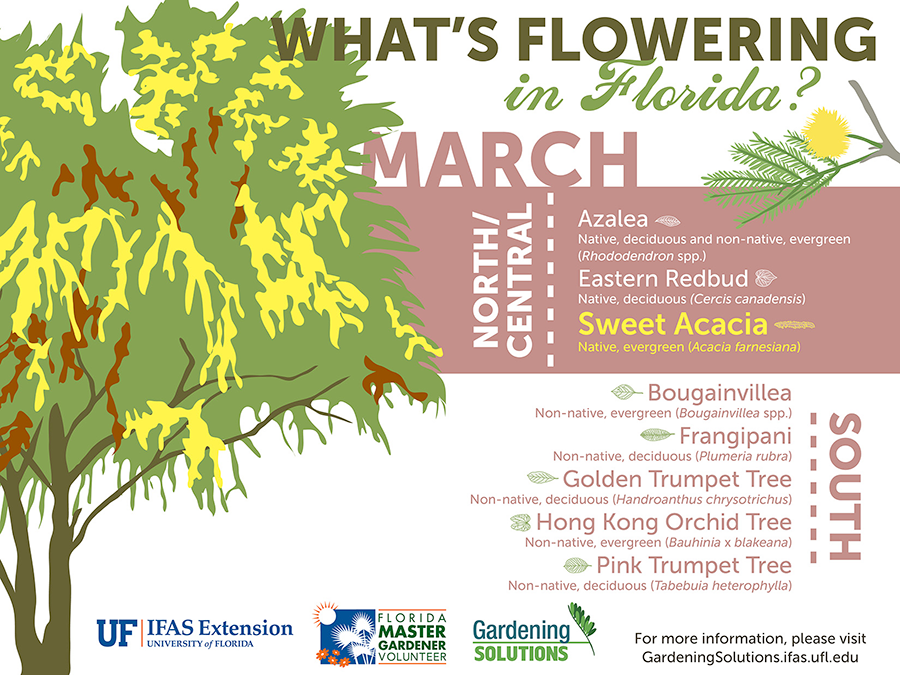The Future Of Trees: Just How To Determine When Removal Is Needed
The Future Of Trees: Just How To Determine When Removal Is Needed
Blog Article
Write- Tree Removal Developed By-Blom Holme
If you've ever wondered about the destiny of the trees on your residential property, understanding when it's time for elimination is crucial. But exactly how do you figure out if a tree can be saved or if elimination is the only option? By searching for certain signs and assessing safety risks, you can make informed choices that benefit both your landscape and your environments. Allow's check out the vital elements that enter play when deciding the fate of a tree and how you can ensure the best end result for your eco-friendly friends.
Indications of Tree Decline
If you see any of the following indicators of tree decrease in your yard, it may be time to take into consideration tree removal.
One common indicator is dead or rotting branches, which can show underlying issues affecting the tree's wellness. Look out for discolored or shrivelled leaves that continue even with appropriate treatment, as this could be an indicator of condition or parasites.
Another warning signal is excessive leaning or a visible shift in the tree's base, which may recommend origin concerns or architectural instability. Keep an eye out for fungal growth on the trunk or roots, as this can suggest rot and jeopardize the tree's stability.
In addition, if you observe huge fractures in the trunk or significant limbs, it's crucial to attend to these problems promptly to avoid prospective threats. Resolving these indications of tree decline promptly can help maintain the safety and aesthetics of your backyard setting.
Safety Issues
To guarantee the health of your property and those around you, prioritizing safety and security worries connected to trees is critical. Trees can present various safety and security dangers otherwise correctly maintained. Dead or rotting branches might fall suddenly, endangering people or harmful frameworks.
Leaning trees can likewise be harmful, specifically if they're leaning in the direction of a structure or power lines. Furthermore, trees with extensive root systems near foundations or underground energies can cause significant damages in time.
It's important to frequently inspect your trees for any kind of indications of possible risk. Look out for fractures in the trunk, big tooth cavities, or indicators of disease and degeneration. If https://theswellesleyreport.com/2020/01/how-to-dispose-of-your-christmas-tree-in-wellesley-massachusetts/ discover any one of these problems, it's best to talk to a professional arborist to analyze the scenario and figure out the necessary strategy.
Taking proactive steps to resolve safety and security issues promptly can avoid accidents and residential property damage in the future. Bear in mind, the security of your building and those around you ought to constantly be the leading concern when it comes to tree upkeep.
Consulting an Arborist
When considering the health and wellness of your trees, seeking advice from an arborist is a crucial step. Arborists are trained specialists who focus on the care and upkeep of trees. They can assess the overall health of your trees, determine any type of issues such as illness or structural problems, and provide professional suggestions on the most effective strategy.
By speaking with an arborist, you can obtain important understandings right into the condition of your trees and figure out whether removal is necessary. Arborists have the understanding and experience to assess the risks related to maintaining a tree versus removing it. They can also provide assistance on alternate remedies, such as trimming, cabling, or bracing, to aid protect the tree whenever feasible.
In addition, arborists can aid you navigate any kind of regional policies or permits that may be required for tree elimination. Their knowledge can guarantee that the procedure is carried out safely and in conformity with any type of appropriate legislations.
Conclusion
To conclude, when determining whether trees can be saved or if elimination is necessary, it is necessary to consider indicators of decline and safety and security issues. Consulting an arborist for a thorough assessment is essential in making the most effective choice for the tree's health and prospective risks. Remember, positive care and prompt action can help maintain trees and avoid accidents.
